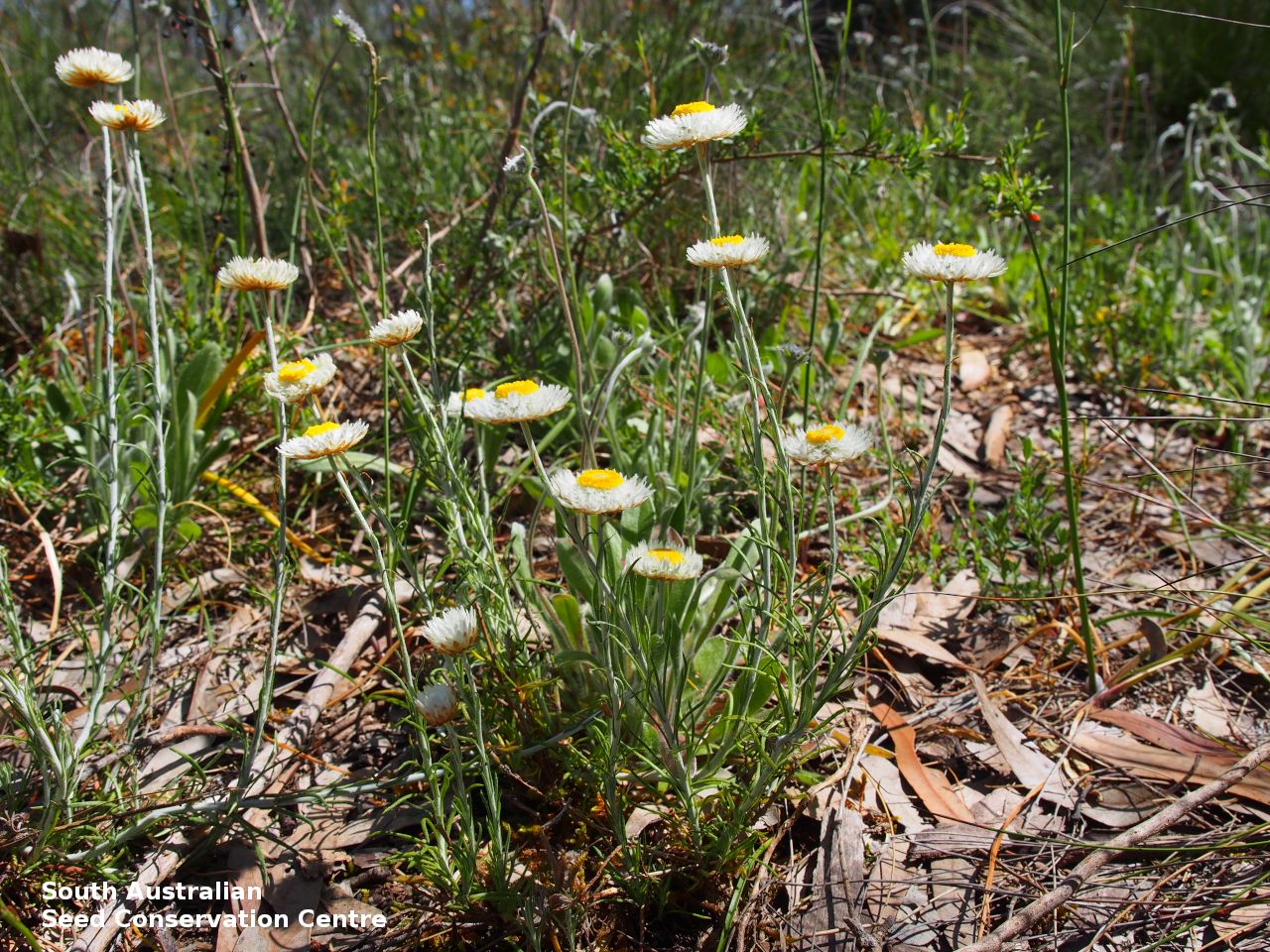
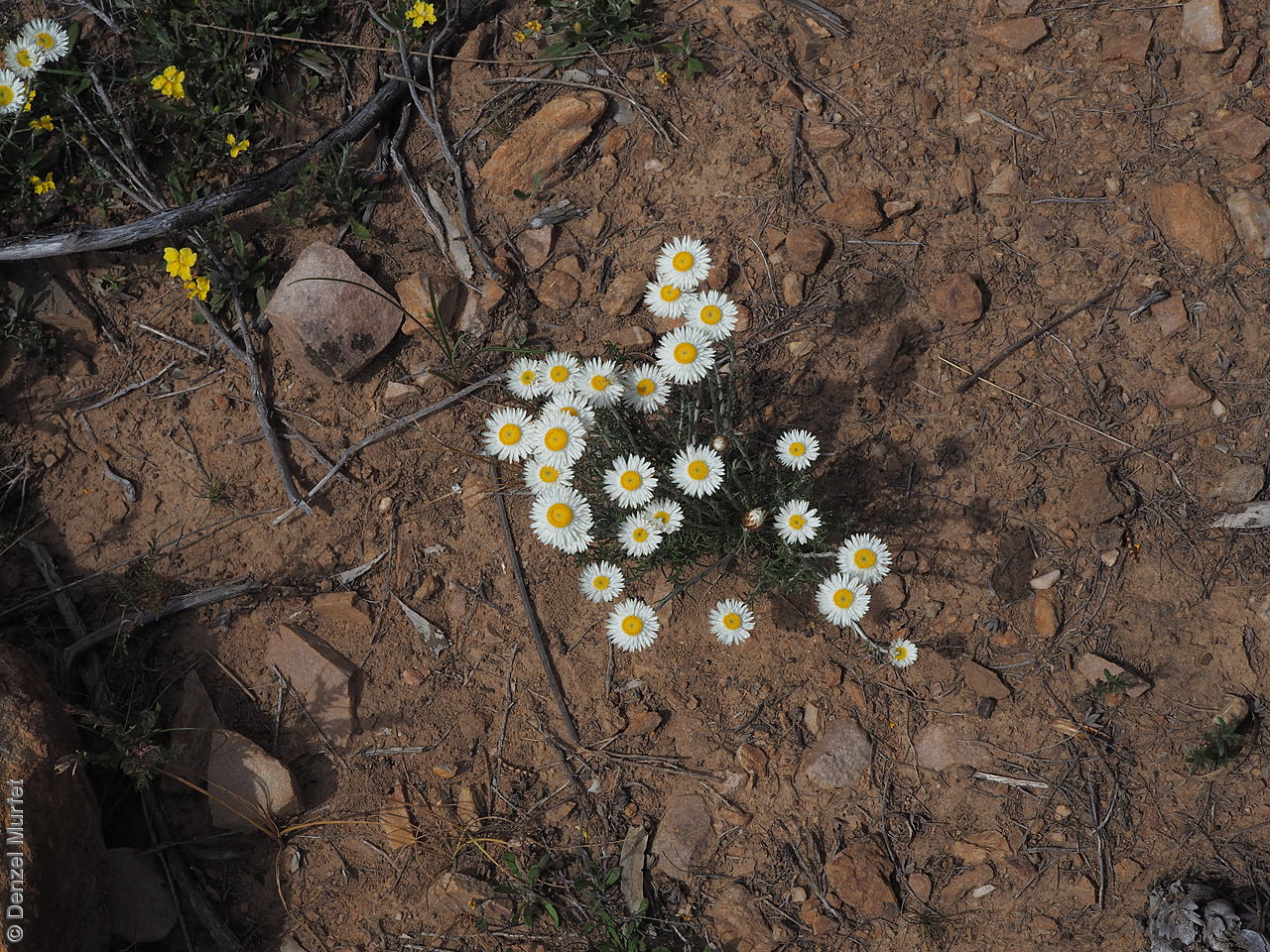
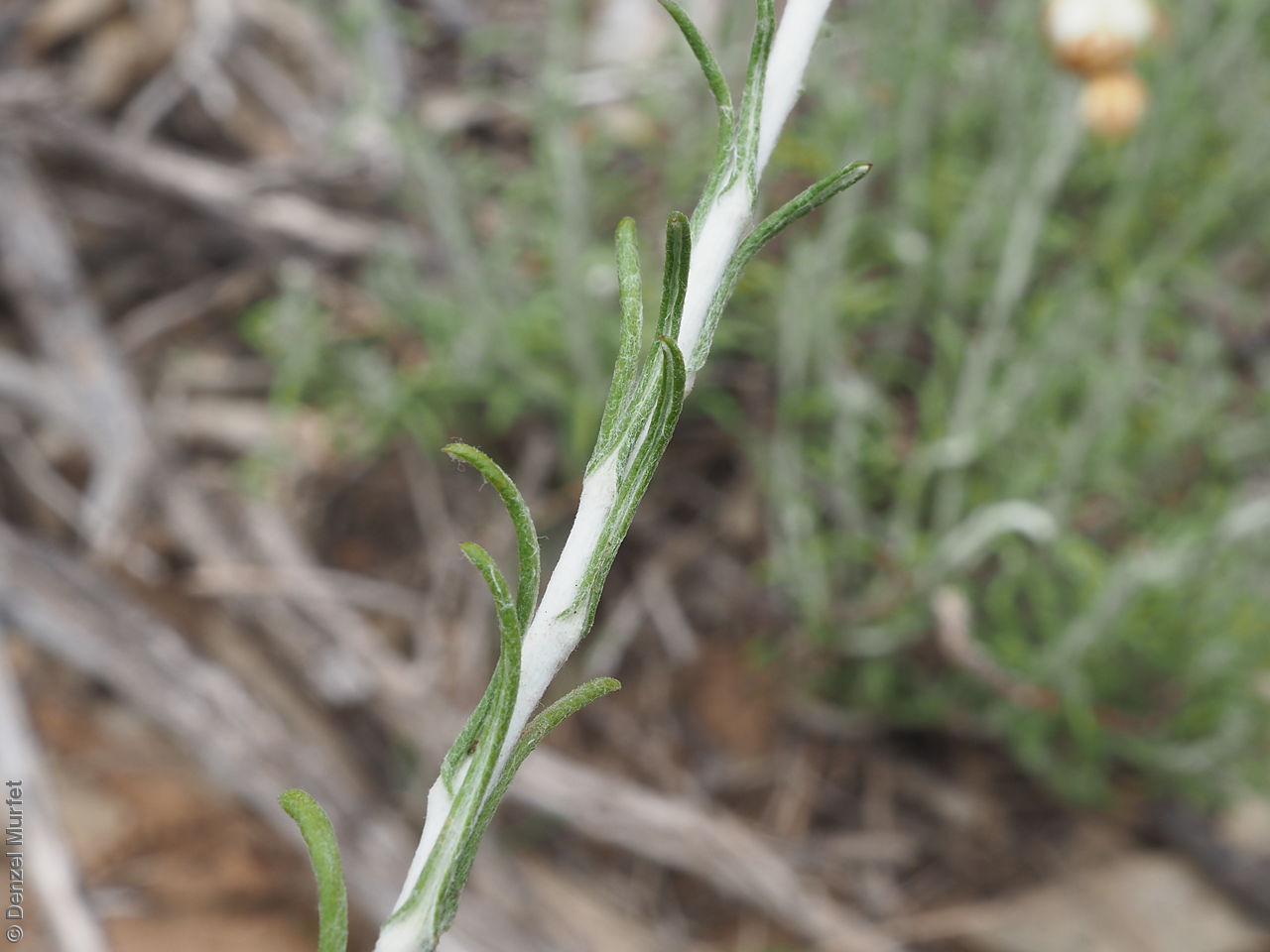
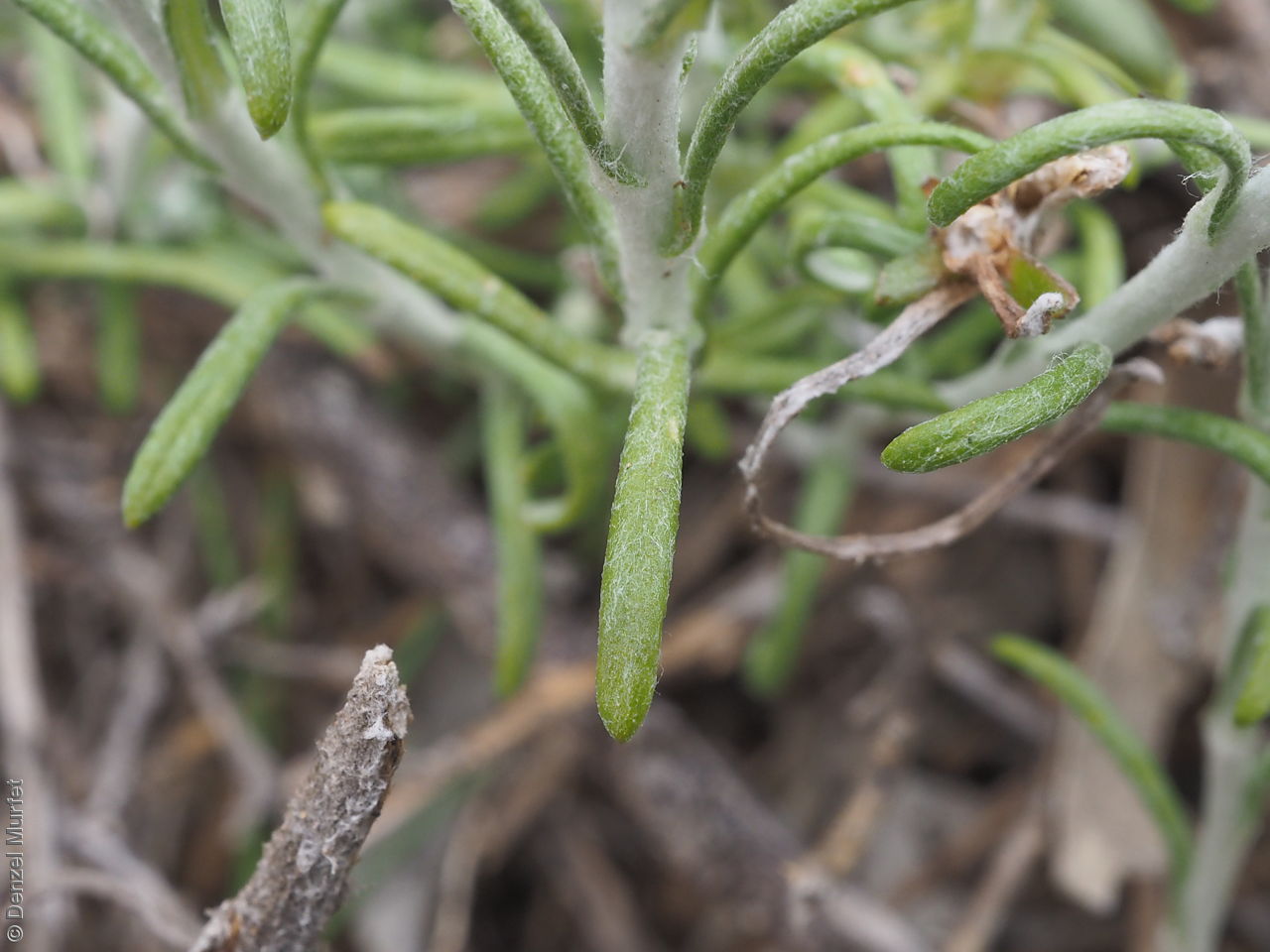
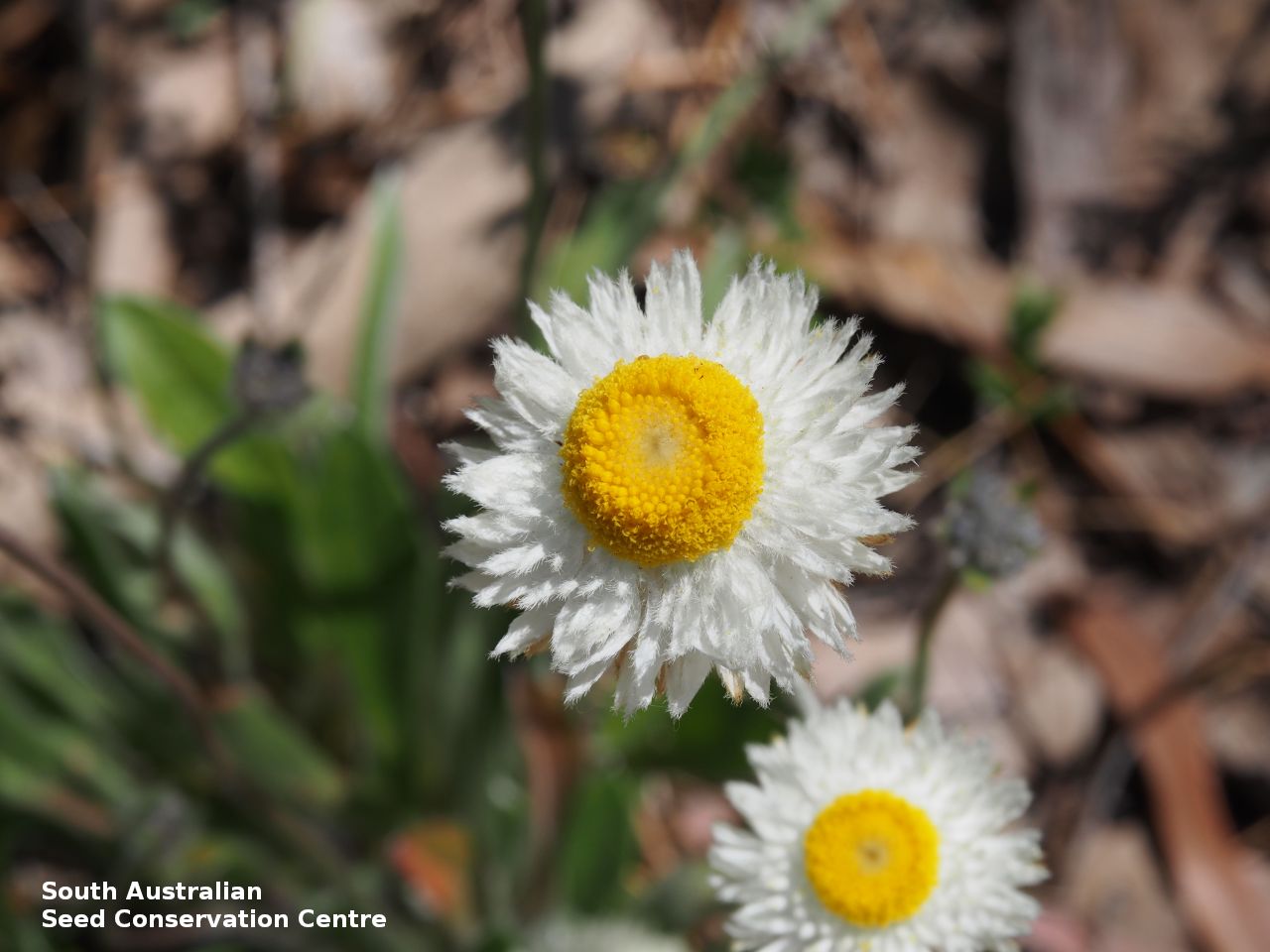
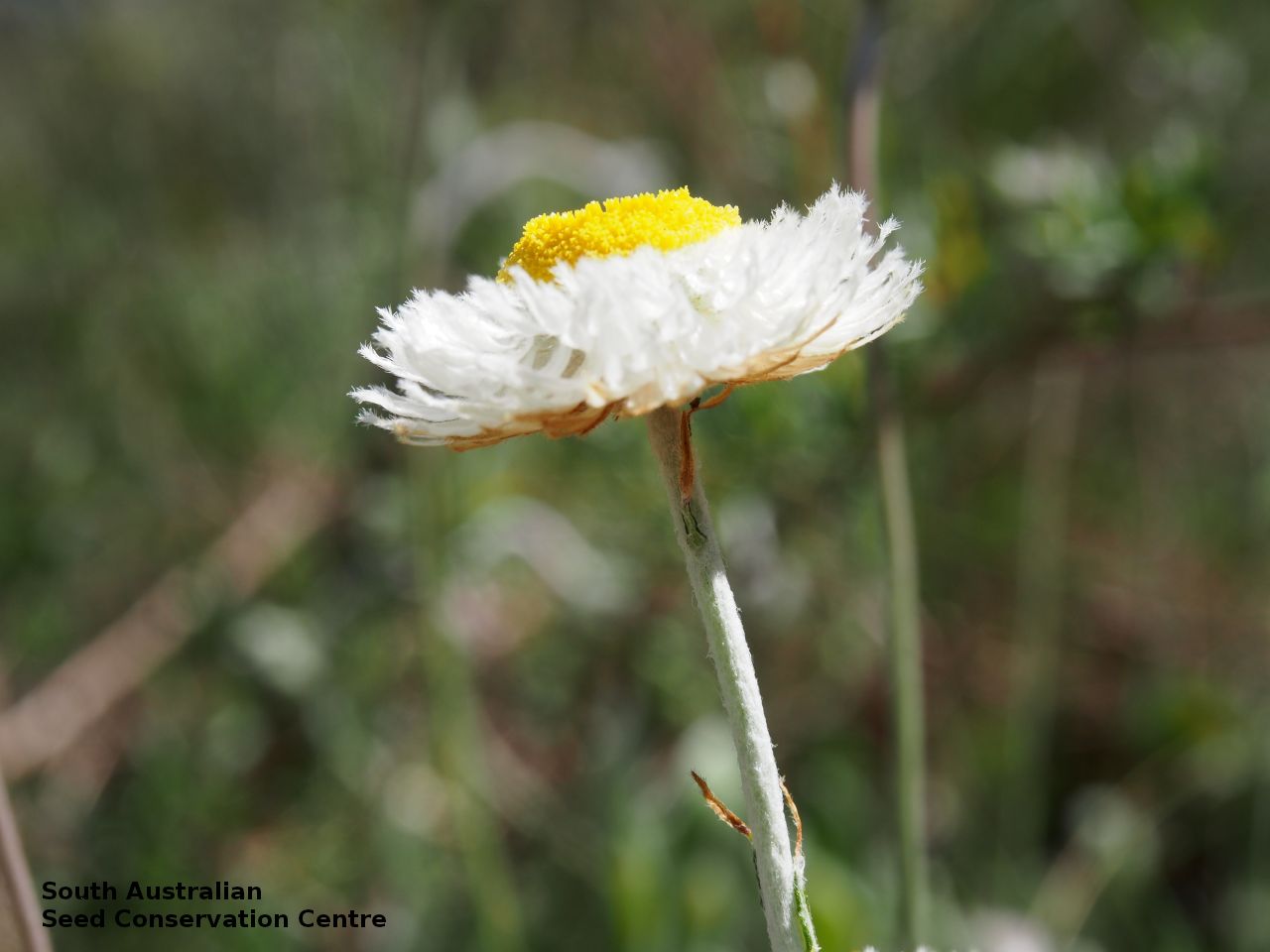
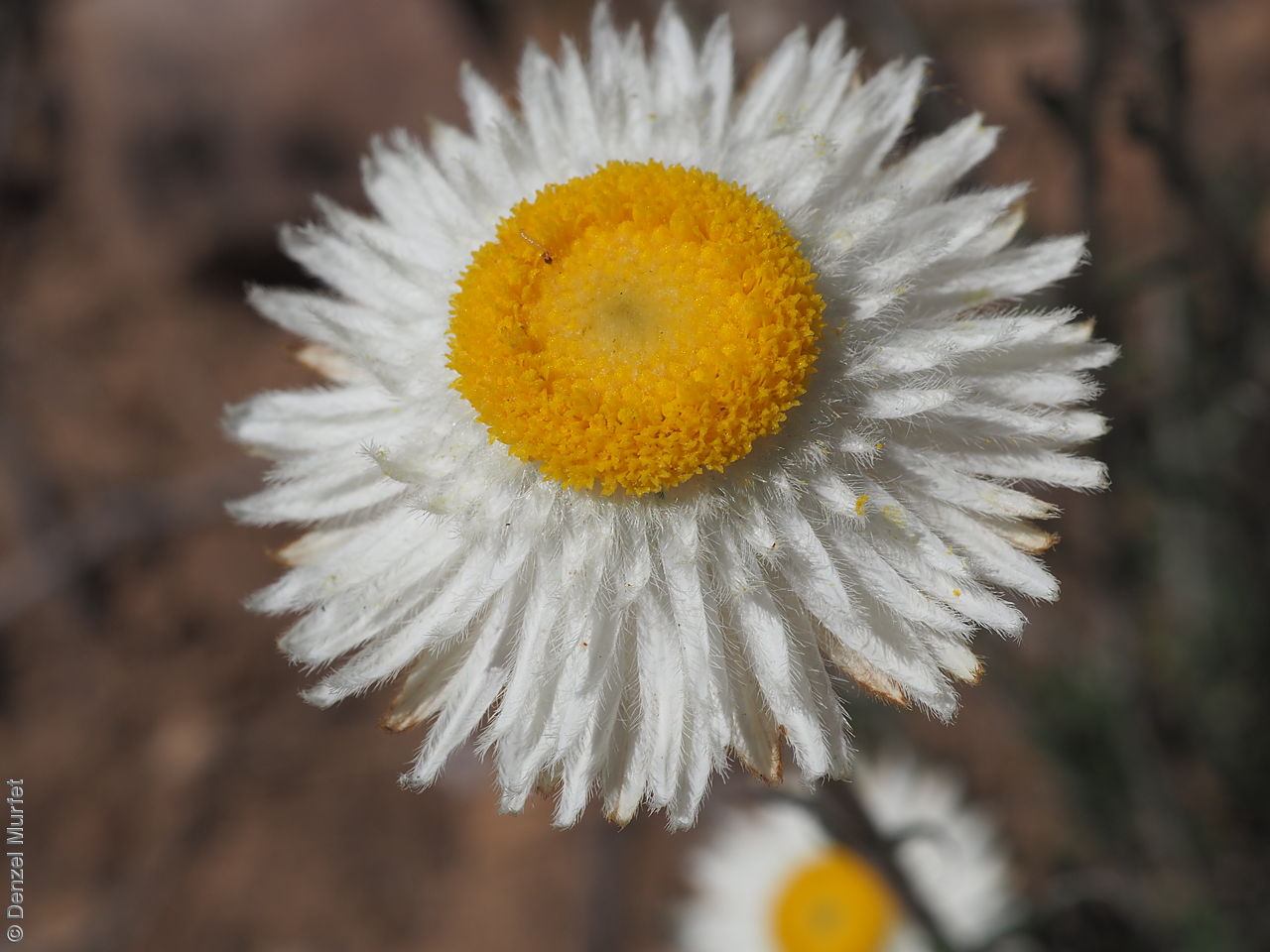
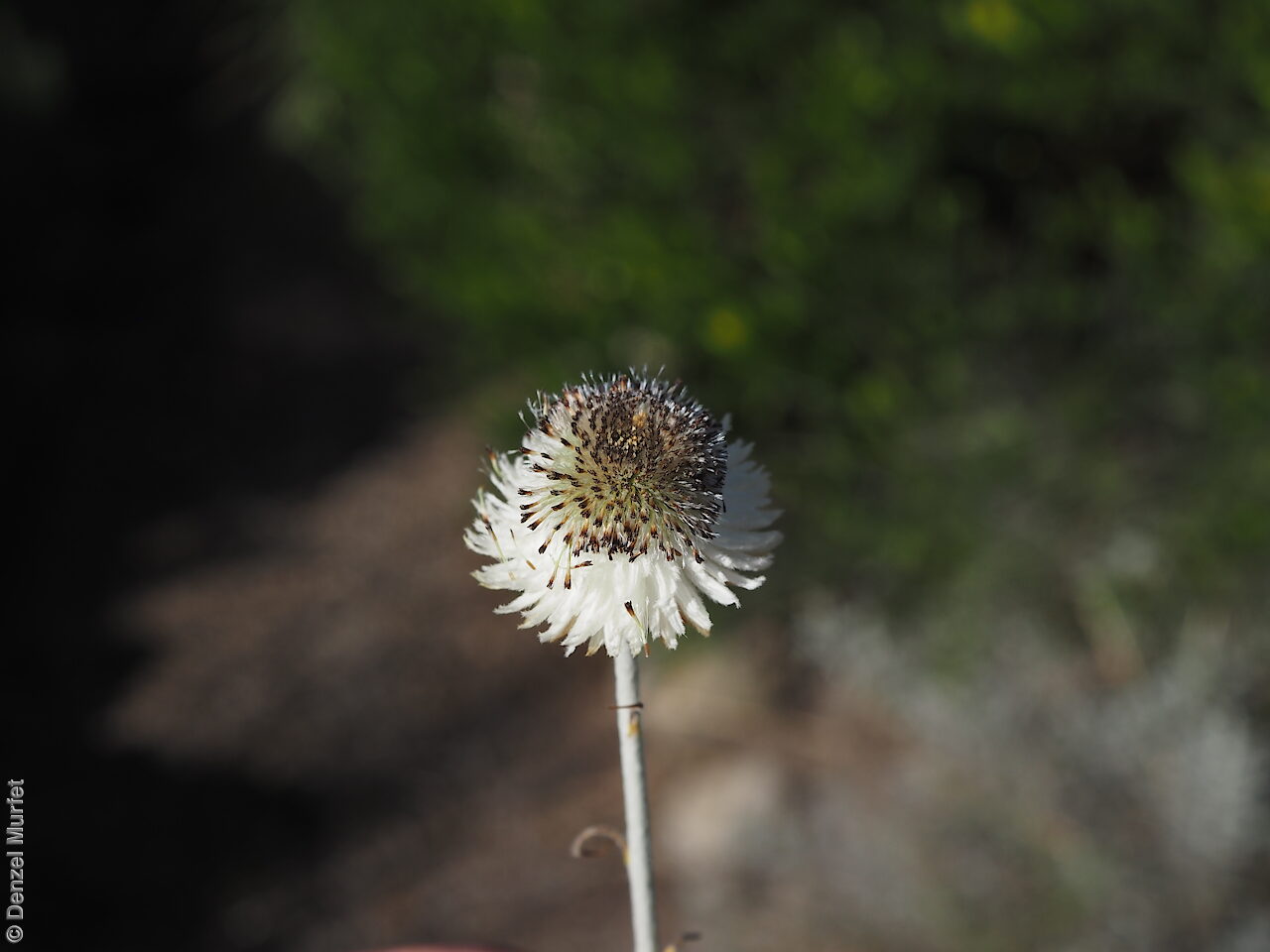
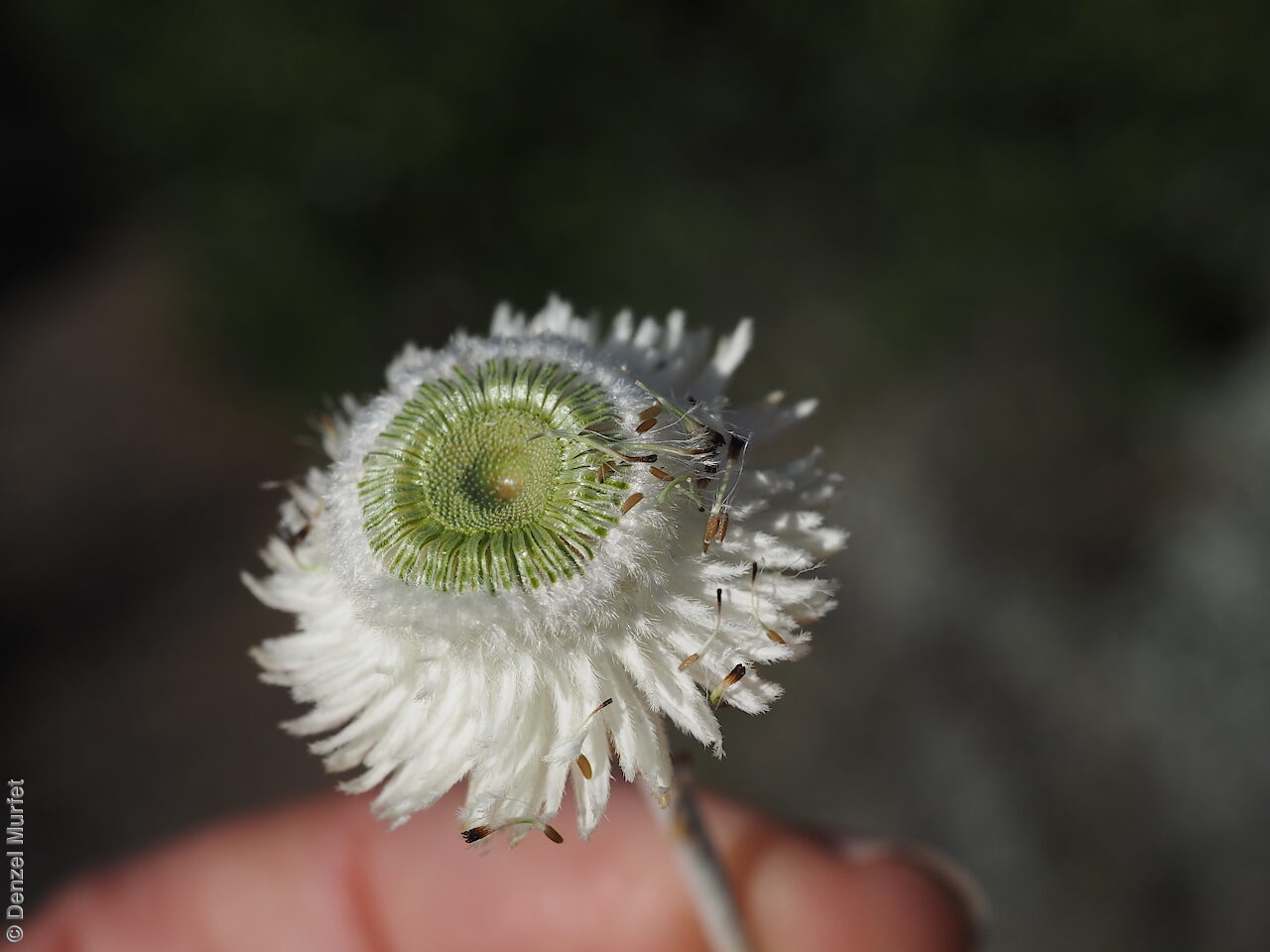
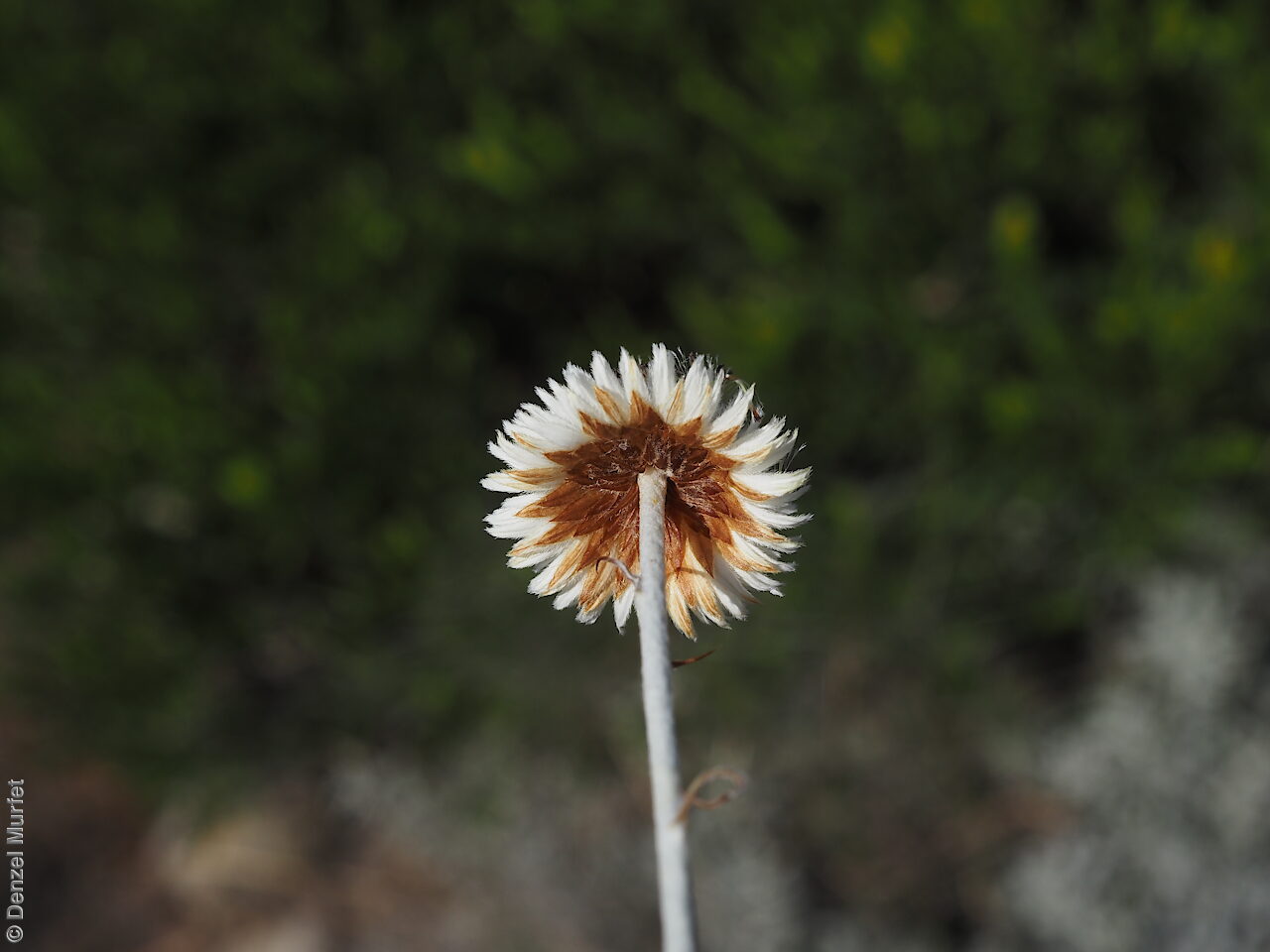
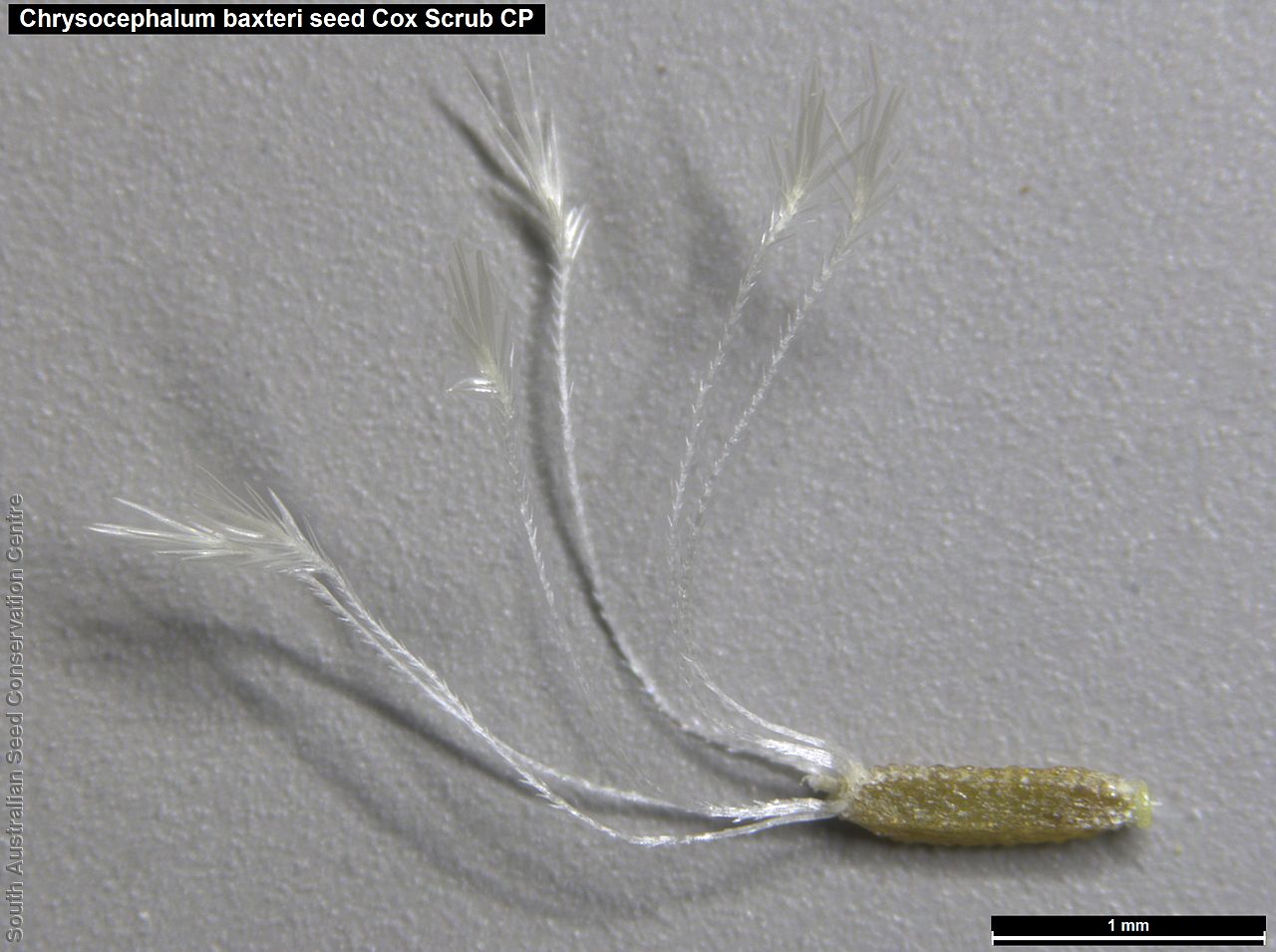
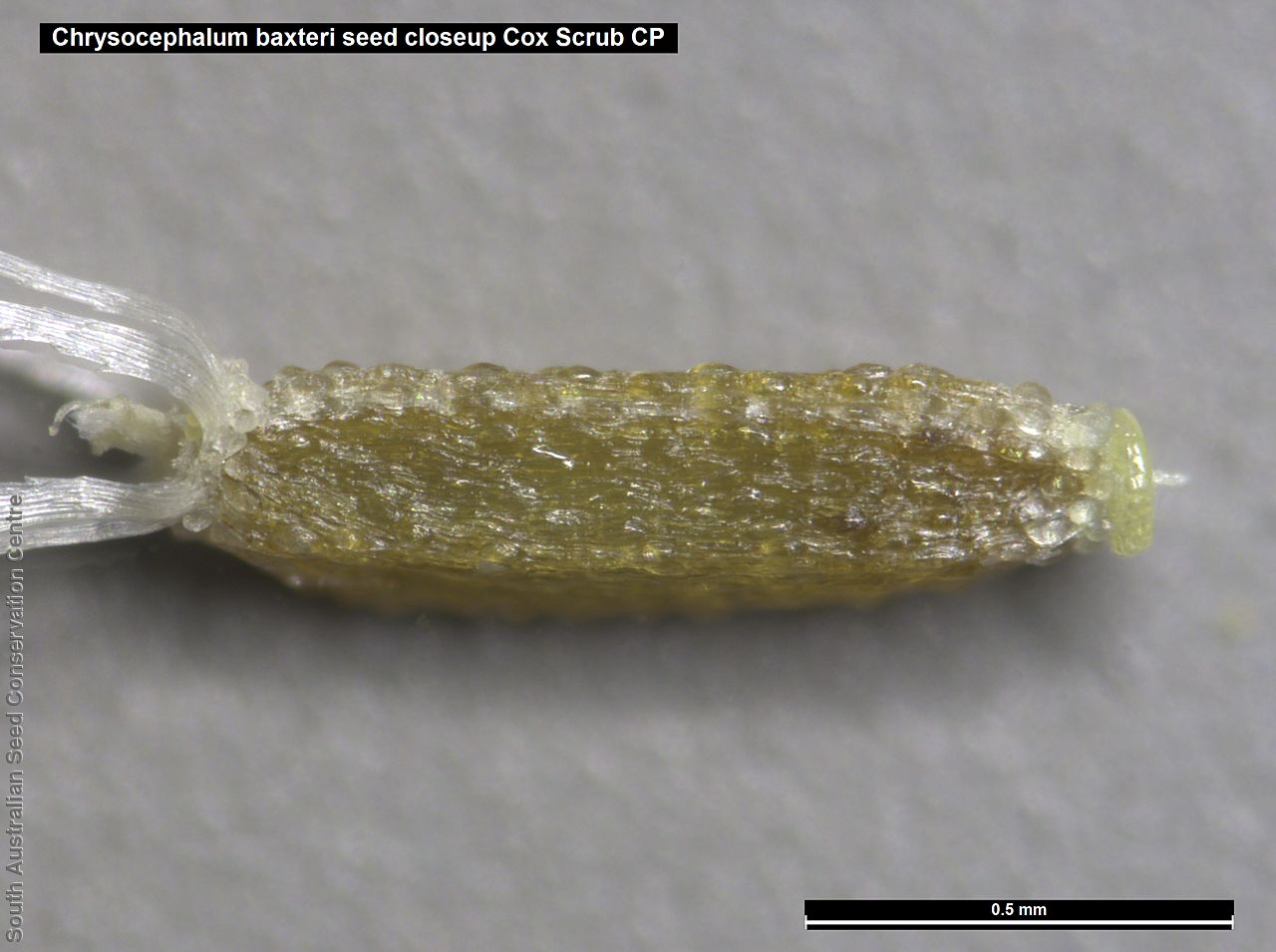
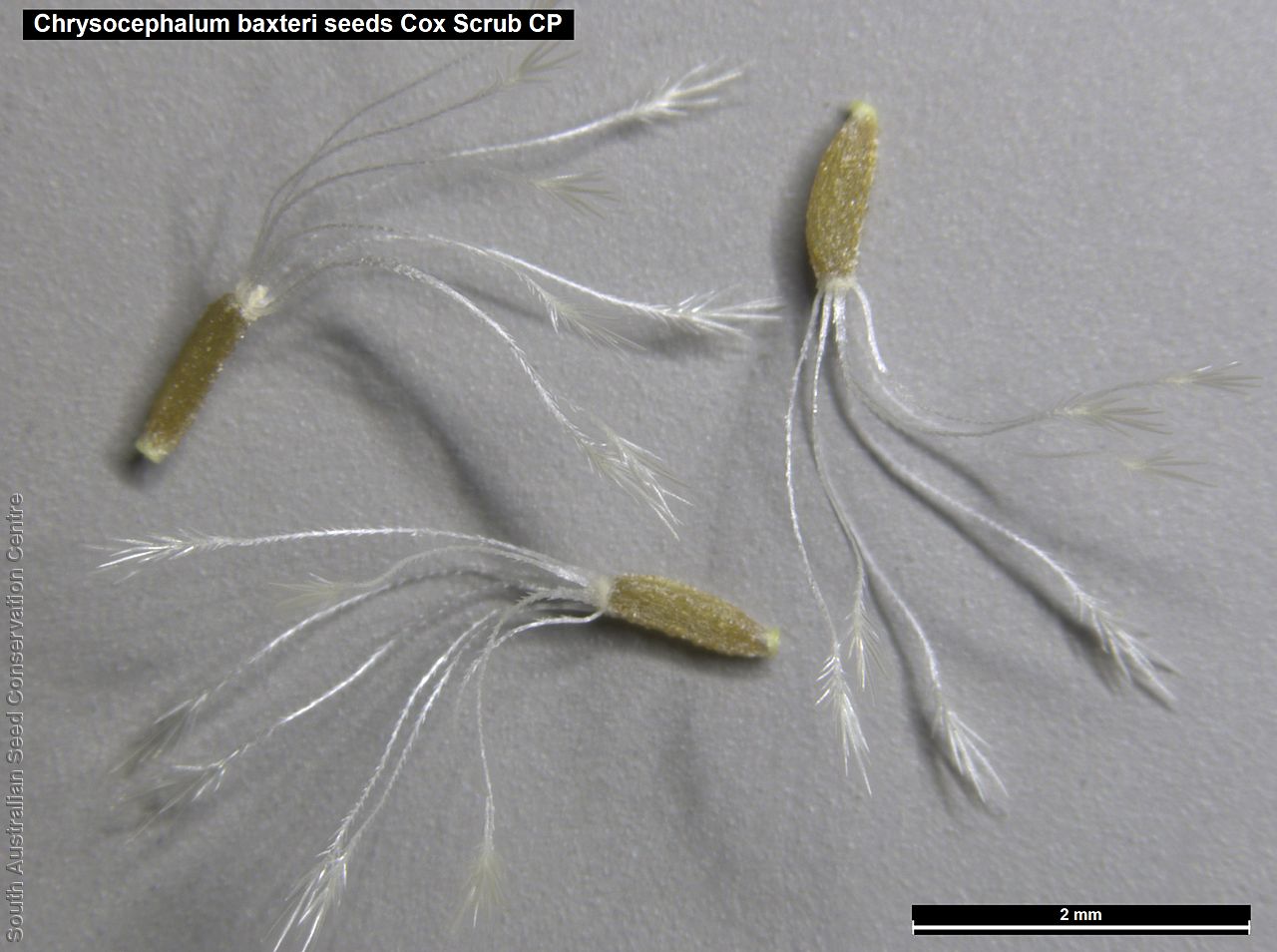

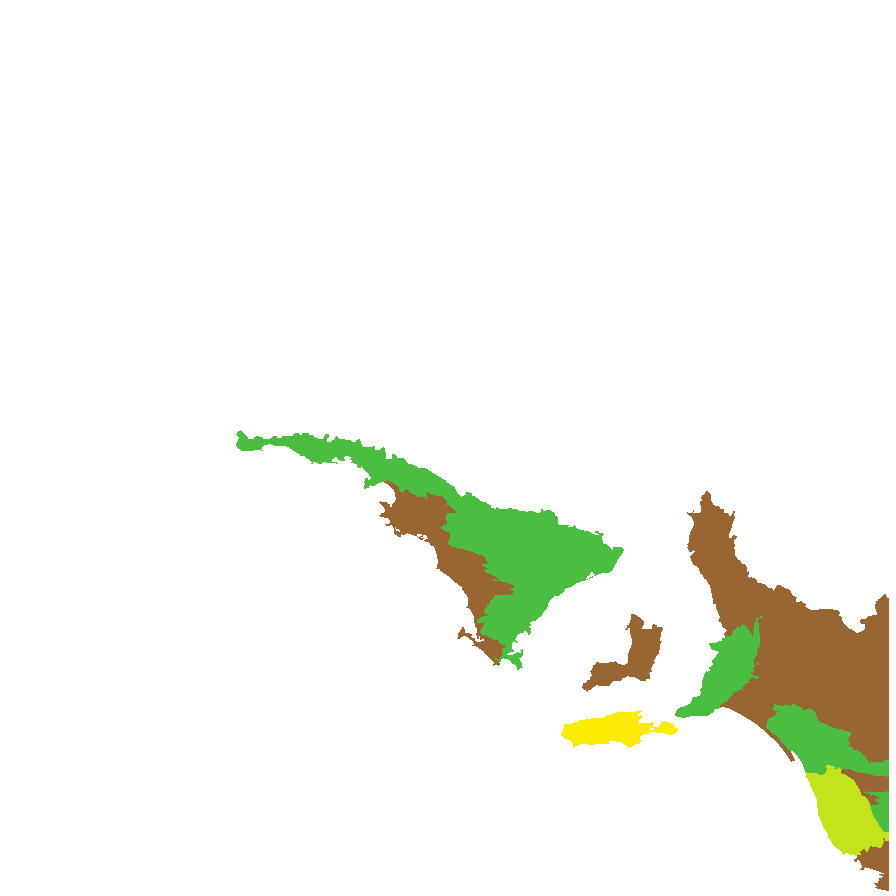
Botanical art
Prior names
Helichrysum baxteri
Common names
Fringed Everlasting
White Everlasting
Etymology
Chrysocephalum from the Greek 'chryso' meaning golden and 'cephalus' meaning a head, referring to the golden flower heads. Baxteri named after William Baxter (1787-1836), an English gardener who collected in Australia on behalf of English nurserymen and private collectors.
Distribution and status
Found in southern South Australia growing in open areas in sclerophyll forest and heathland on deep sand or on shallower well-drained sandy soils. Also found in New South Wales, Victoria and Tasmania. Native. Common in South Australia. Rare in New South Wales and Tasmania. Common in Victoria.
Herbarium regions: Flinders Ranges, Eyre Peninsula, Northern Lofty, Murray, Yorke Peninsula, Southern Lofty, Kangaroo Island, South Eastern, Green Adelaide
NRM regions: Adelaide and Mount Lofty Ranges, Eyre Peninsula, Kangaroo Island, Northern and Yorke, South Australian Arid Lands, South Australian Murray-Darling Basin, South East
AVH map: SA distribution map (external link)
Plant description
Perennial herb to 40 cm high with numerous, usually unbranched stems covered in dense white-woolly hairs. Leaves linear, mostly to 30 mm long and 2.5 mm wide; acute, base slightly broadened, margins recurved to revolute; upper surface ultimately green and glabrescent, lower surface with dense white-woolly hairs. Flower-head solitary at tip of stalk with a white, yellow- centred daisy flower. Flowering between September and November. Fruits are pale brown fluffy daisy-head. Seeds are dark brown oblong seed to 1.3 mm long and 0.4 mm wide with smooth surface and long feather-like pappus. Seed embryo type is spatulate.
Seed collection and propagation
Collect seeds between January and February. Collect whole heads that are brown and fluffy or collect just the seeds by plucking it off with your fingers. Mature seeds are easily removed. Place the heads in a tray for a week to dry. Then pluck the seeds from the head with your fingers. Viable seeds will be fat and brown. Store the seeds with a desiccant such as dried silica beads or dry rice, in an air tight container in a cool and dry place. Seed viability can be low with many seeds not developed. Seeds are non-dormant, viable seed should germinate readily.
| Location | No. of seeds (weight grams) | Number of plants | Date collected | Collection number Collection location | Date stored | % Viability | Storage temperature |
|---|---|---|---|---|---|---|---|
| MSB | 5,400 (1.9 g) | 14-Dec-2005 | DJD327 Southern Lofty | ||||
| BGA MSB | 100,000 (14.24 g) 100,000 (14.24 g) | 102 | 23-Dec-2003 | PJA78 Southern Lofty | 23-Mar-2006 | +5°C, -18°C |
Number of plants: This is the number of plants from which the seeds were collected.
Collection location: The Herbarium of South Australia's region name.
% Viability: Percentage of filled healthy seeds determined by a cut test or x-ray.